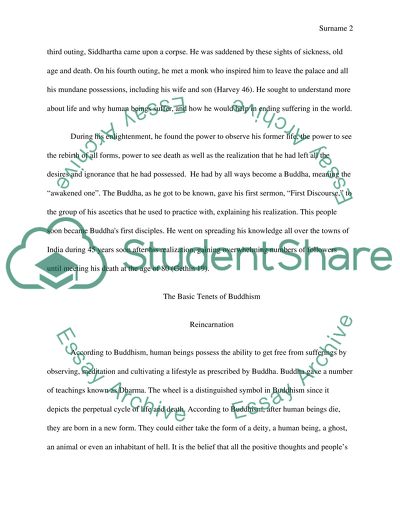Cite this document
(“Buddhism Research Paper Example | Topics and Well Written Essays - 2000 words”, n.d.)
Buddhism Research Paper Example | Topics and Well Written Essays - 2000 words. Retrieved from https://studentshare.org/other/1399720-buddhism
Buddhism Research Paper Example | Topics and Well Written Essays - 2000 words. Retrieved from https://studentshare.org/other/1399720-buddhism
(Buddhism Research Paper Example | Topics and Well Written Essays - 2000 Words)
Buddhism Research Paper Example | Topics and Well Written Essays - 2000 Words. https://studentshare.org/other/1399720-buddhism.
Buddhism Research Paper Example | Topics and Well Written Essays - 2000 Words. https://studentshare.org/other/1399720-buddhism.
“Buddhism Research Paper Example | Topics and Well Written Essays - 2000 Words”, n.d. https://studentshare.org/other/1399720-buddhism.


